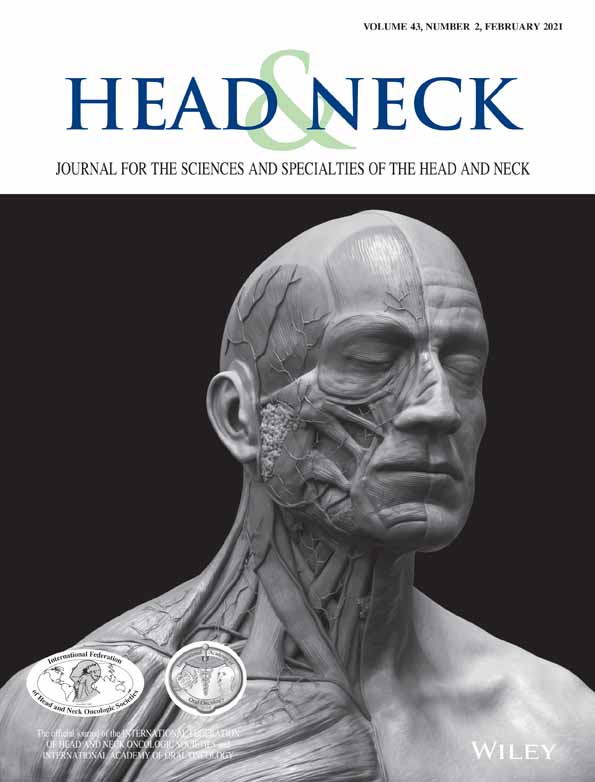Long term outcomes with linear accelerator stereotactic radiosurgery for treatment of jugulotympanic paragangliomas
Data from this manuscript was accepted in poster format for the Radiosurgery Society 2020 Annual Scientific Meeting.
Section Editor: Adam Garden
Abstract
Background
Data supporting linear accelerator (linac) stereotactic radiosurgery (SRS) for jugulotympanic paragangliomas (JTPs) come from small series with minimal follow-up. Herein, we report a large series of JTPs with extended follow-up after frameless linac-based SRS.
Methods
JTPs treated with linac-based SRS from 2002 to 2019 with 1+ follow-up image were reviewed for treatment failure (radiographic or clinical progression, or persistent symptoms after SRS requiring intervention) and late toxicities (CTCAE v5.0).
Results
Forty JTPs were identified; 30 were treated with a multifraction regimen. Median clinical and radiographic follow-up was 79.7 (interquartile range [IQR] 31.7-156.9) and 54.4 months (IQR 17.9-105.1), respectively, with a median 4.5 follow-up scans (IQR 2-9). Seven-year progression-free survival (PFS) was 97.0% (95% confidence interval 91.1%-100.0%). PFS was similar between single- and multifraction regimens (log rank P = .99). Toxicity was seen in 7.7% (no grade III).
Conclusions
With extended clinical and radiographic follow-up, frameless linac-based SRS provides excellent local control with mild toxicity <8%.
CONFLICT OF INTEREST
The authors declared no potential conflicts of interest.
Open Research
DATA AVAILABILITY STATEMENT
Research data are stored in an institutional repository and will be shared upon reasonable request to the corresponding author.




